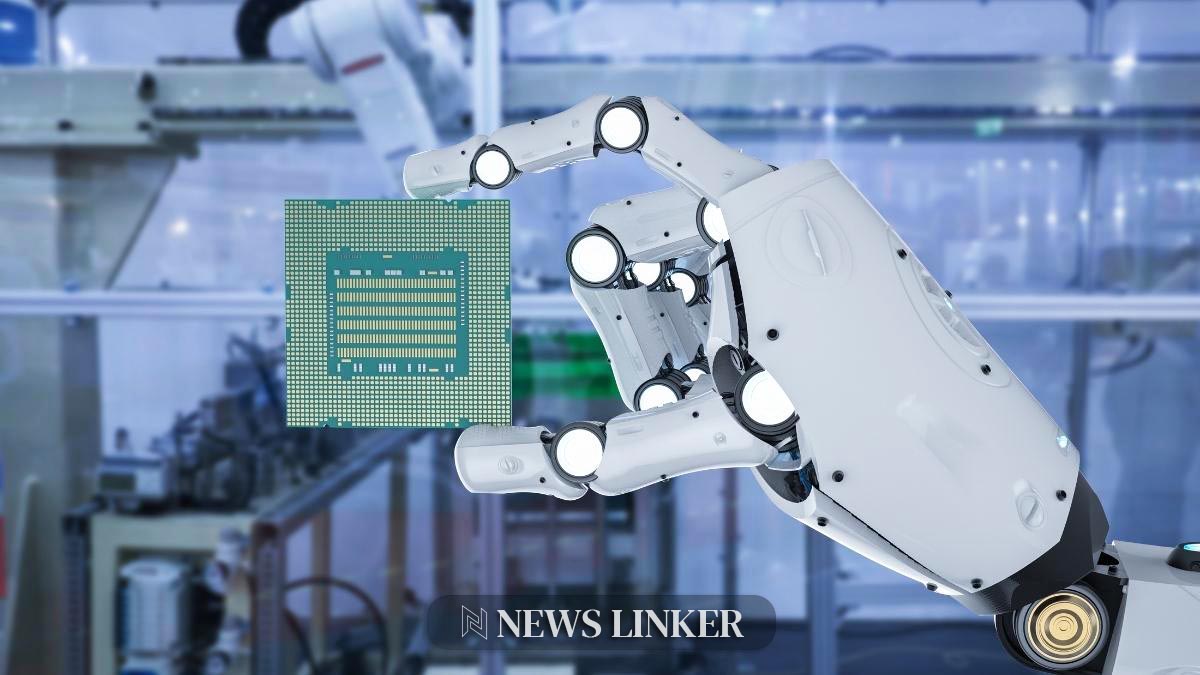The recent influx of $100 million in Series B funding for Collaborative Robotics signifies a significant leap towards integrating safe and cost-effective autonomous mobile manipulators into industries. These robots, designed to work in tandem with humans, are making strides in manufacturing, supply chain, and healthcare sectors, traditionally tackled by humanoid robots. The capital boost aims to expedite the deployment of these advanced machines into real-world applications, promising a transformative effect on the AI-driven automation landscape.
The mobilization of autonomous robotic technology has been an ongoing narrative, with collaborative robots (cobots) gradually carving a niche within various industry domains. Past funding rounds and the development of robotic solutions underscore a clear trajectory towards enhancing efficiency and safety in the workplace. The growing emphasis on cobots reflects an industry poised for a new era of human-robot synergy, underpinned by the vision of robotics experts from some of the world’s leading technology firms.
What Sets This New Cobot Apart?
Despite keeping its cobot design under wraps, Collaborative Robotics has made significant strides in its development. Featuring omnidirectional movement and a structure for handling warehouse operations, the cobot’s base is designed for agility and strength, capable of moving hefty loads within various facilities. This strategic decision to innovate beyond the traditional humanoid form factor could redefine expectations surrounding mobile robotics in multiple industries.
How Will Trust Factor into Robot Design?
The ethos of Collaborative Robotics revolves around the creation of trustworthy robotic systems. Emphasizing user-friendliness and safety, the company opts for an intuitive design approach, leveraging off-the-shelf components to streamline production and reduce costs. This philosophy extends to the cobot’s user interface, with future plans possibly involving natural language interaction to enhance user experience further.
In a relevant scientific publication, the “Journal of Human-Robot Interaction” presented a paper titled “Designing Robots for Trust,” which aligns with the principles advocated by Collaborative Robotics. The research delves into the factors influencing user trust in robotic systems, corroborating the company’s design direction centered on reliability and familiar user interactions.
What Financial Dynamics Propel the Initiative?
Collaborative Robotics’ successful Series B funding round saw a consortium of investors led by General Catalyst, with several other notable venture capital firms participating. The funding surge, exceeding $140 million since its inception, will bolster the company’s personnel and propel its robots toward commercial availability. The addition of industry veteran Teresa Carlson as an advisor further amplifies the strategic intent to scale and transform market approaches to robotic deployments.
Insights for the Reader:
- Cobots are solidifying their place alongside humans in key industries.
- Collaborative Robotics emphasizes trustworthiness in design for wider acceptance.
- Series B funding accelerates cobot commercialization and potential industry disruption.
The march towards commercializing Collaborative Robotics’ platform is catalyzed by the latest round of investment, marking a pivotal turn in the evolution of human-robot collaboration. The company’s focus on trust and safety, combined with a pragmatic design philosophy, forecasts a conducive environment for cobots in real-world settings. Now, with additional expertise and resources, the stage is set for Collaborative Robotics to redefine how industries perceive and deploy robotic technology, ensuring that these mechanized partners are seen not as novelties but as integral parts of the future workforce.










